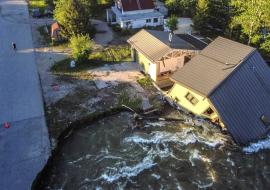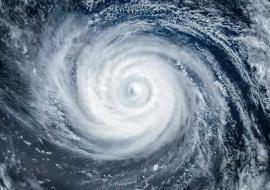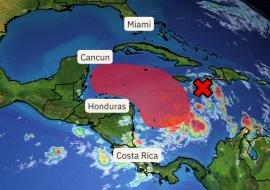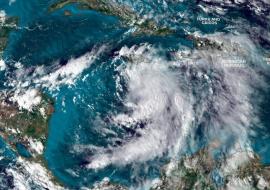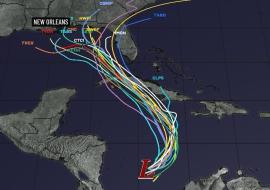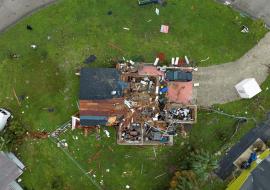Hurricane Hermine to Hit Florida's Gulf Coast
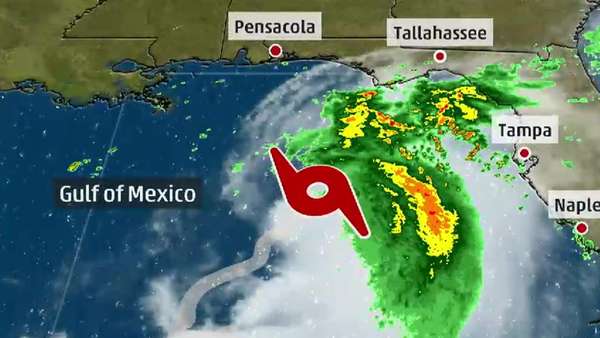
Hermine reached hurricane strength Thursday afternoon as it barreled toward the Gulf Coast of Florida, where it's expected to make landfall by early Friday.
If it maintains hurricane strength, it would be the state's first hit from a hurricane since Wilma on Oct. 24, 2005, a record storm-free streak of 3,965 days.
“The most important thing we all must put in our minds is that this is life threatening,” Florida Gov. Rick Scott told reporters at the Florida Emergency Management Center. “We have not had a hurricane in years, people have moved here and we have visitors."
As of late afternoon, Cedar Key, more than 100 miles north of Tampa, reported three feet of floodwater due to high tide and storm surge.
This NASA-NOAA GOES East satellite photo taken Aug. 31, 2016, shows Tropical Storm Hermine in the Gulf of Mexico. As of 2 p.m. ET Aug. 31, NOAA's National Hurricane Center upgraded Depression Nine to Tropical Storm Hermine.
Located about 540 miles west of Miami, Hermine's maximum sustained winds have increased to near 40 miles per hour with higher gusts. According to the National Hurricane Center, additional strengthening is forecast during the next day or two, and the storm could be near hurricane strength by the time landfall occurs.
Hermine is expected to make landfall in Florida's "Big Bend" area Sept. 1, with the center of the storm expected to come ashore later that night. The combination of a dangerous storm surge and the tide will cause normally dry areas near the coast to be flooded by rising waters moving inland from the shoreline.
There is a danger of life-threatening inundation within the next 36 to 48 hours along the Gulf coast of Florida from Aripeka to Indian Pass.
Since Wilma hit Florida, the state's population has risen by about 2 million people, according to the U.S. Census Bureau. Since 2010 alone, the number of residents in the state grew by 7.8%. That's a huge chunk of new Floridians who've never endured a hurricane.
Hermine is the 4th hurricane of the 2016 Atlantic hurricane season.







